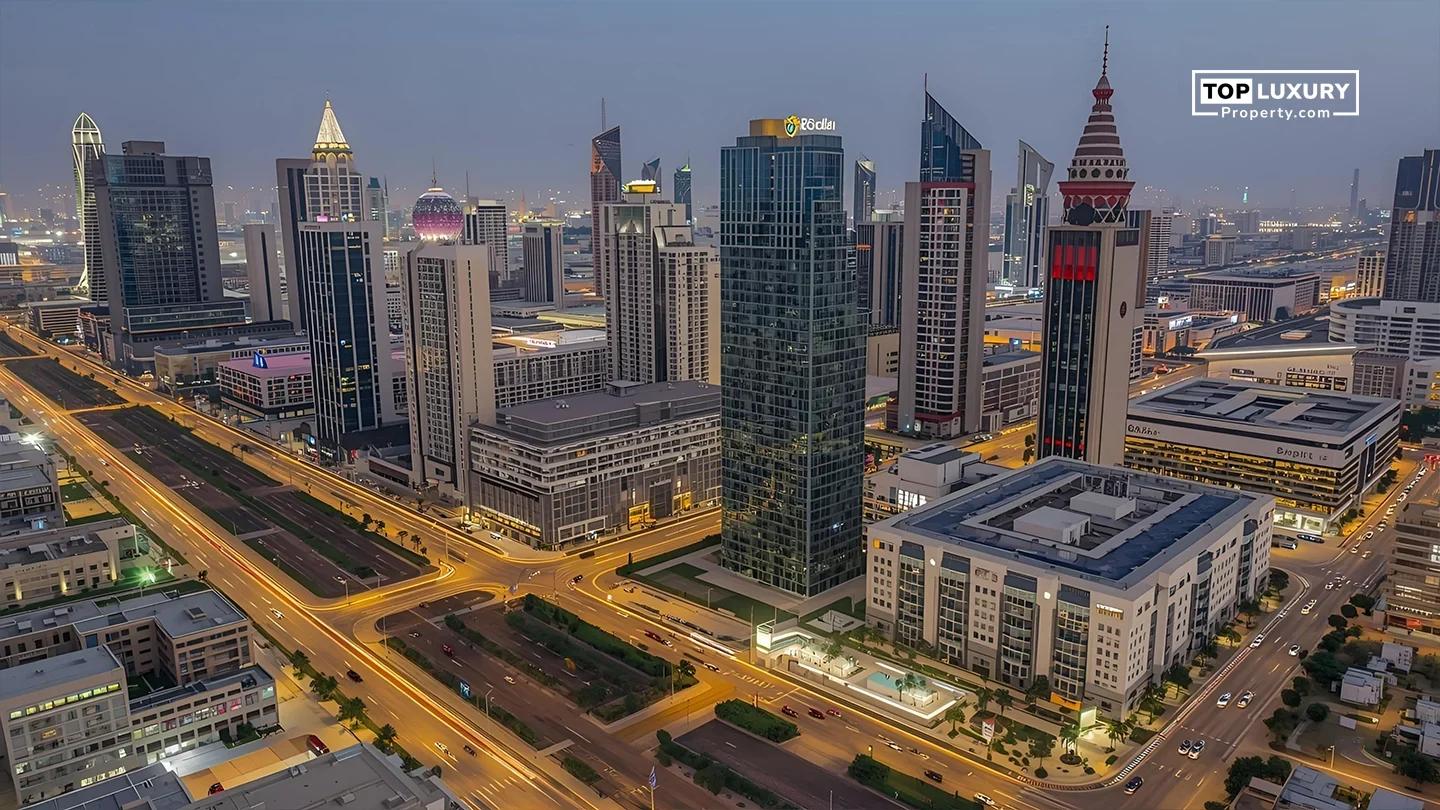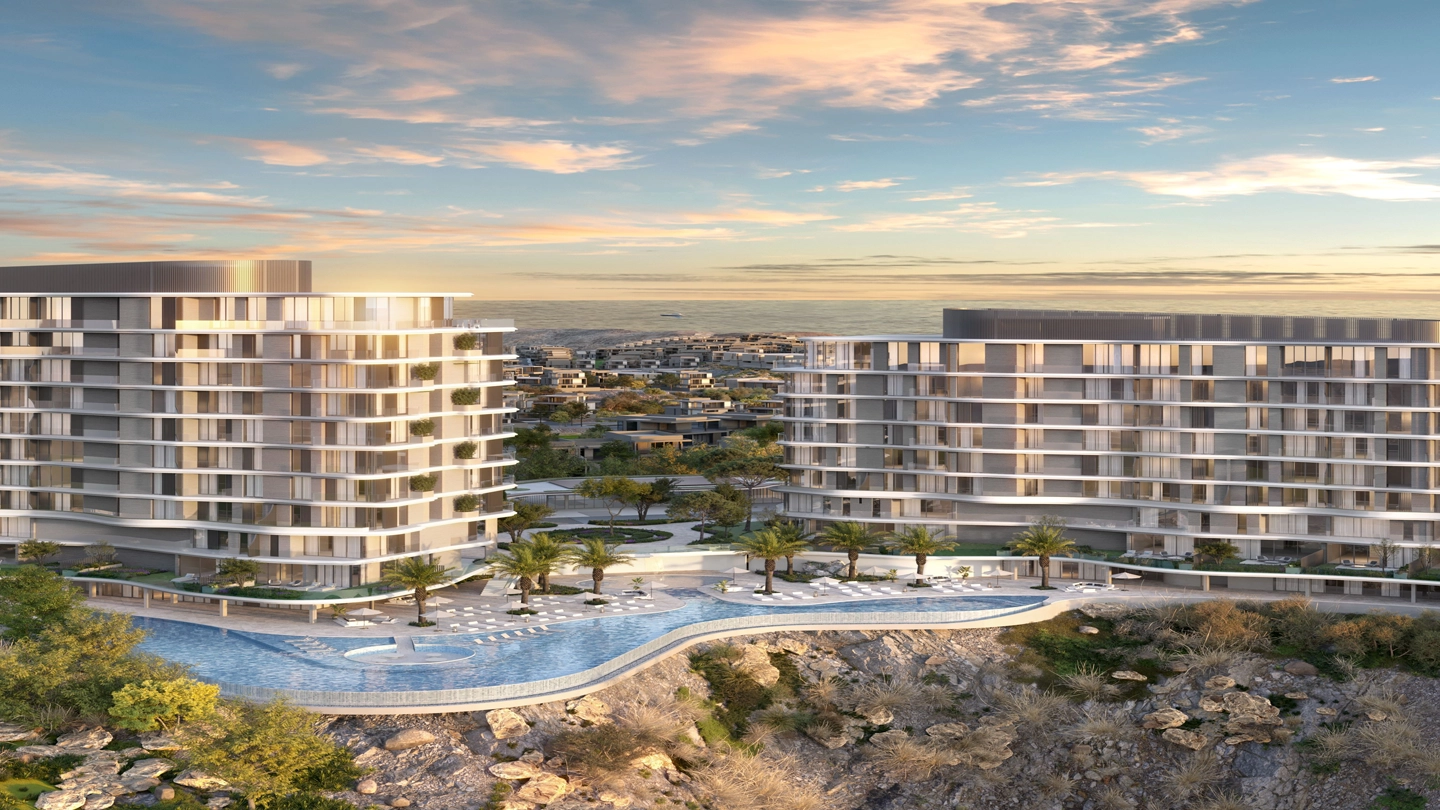Breaking Down the 7.4% GDP Contribution from Real Estate
Qatar real estate business in Qatar has been found to be one of the most vibrant contributors to the national economy in 2025. Real estate and real estate activities were a significant contributor to GDP, according to the Real Estate Regulatory Authority-Aqarat, comprising 7.4% of GDP, and it has a value added of QR13.44 billion ($3.69 billion) in the first quarter of 2025.
It is not a one-time spurt. The industry has increased in value by 7 % against Q1 2024 and against Q1 2022, the value of activities has increased by an impressive 20 %. These statistics are critical in highlighting the core place of real estate in Qatar in the current economic diversification policy of Qatar, which is consistent with the third national development strategy (2024-2030).
The $3.69 Billion Value Added: Insights into Qatar’s Property Boom
The long-term momentum in the real estate market of Qatar is generated by the following strong fundamentals:
- Population Growth: Increase in the population and urban growth in Doha and municipalities.
- Expatriate Demand: Consistent demand by expatriates in the residential property.
- Infrastructure Development: These are infrastructure development projects supported by the government, especially those that relate to the Qatar National Vision 2030.
- Smart Ecosystem: An ecosystem in the real estate sector that is becoming more sustainable, tech-driven, and smart cities.
This value generation is not confined to residential properties. Global investors are also moving towards commercial, industrial, logistic and hospitality assets. Short term rentals and mixed use are also gaining momentum.
Investment Hotspots: Where the Growth Is Happening
The initial half of 2025 allowed shedding light on the exemplary districts that drive real estate dynamics in Qatar, especially in Al Rayyan Municipality.
Al Gharrafa: Transactions values amounted to QR697 million, which is about three times more than in 2024. It is very appealing because of its accessibility, residential developments, and closeness to Doha.
Izghawa and Muaither: The two districts experienced high growth, which highlights the change in the demand for investors and families in emerging neighborhoods.
Al Waab: Already a heavyweight, Al Waab has attained QR407 million transaction values with a consistent demand in its high-end residential and mixed-use propositions.
Not only are these places well populated among the existing residents, but also one of the best chances of appreciating capital in the future due to the ongoing urbanization of Qatar.
Future Prospects for Qatar’s Real Estate in National Development
The purpose of real estate in the development of Qatar will continue to expand according to the Third National Development Strategy (2024-2030). Key drivers include:
Smarter Cities and Sustainability: New development focuses on the green building, smart city planning, and the AI application. This makes the Qatar real estate market 2025 not only future-oriented but also appealing to the global investors who are interested in the ESG (Environmental, Social, and Governance) standards.
Big Forums and Exhibitions: The future Qatar Real Estate Forum (Oct 14-16, 2025) which will be held in partnership with Cityscape Qatar 2025 will include over 70 exhibitors. The forum will highlight real estate in line with the national priorities of growth, which revolves around sustainability, digital transformation, and regulatory transparency.
Infrastructure and Connectivity: The mode of transport, logistic and digital infrastructure is being strategically invested in to increase the value of properties for sale in Qatar and in the developing districts.
Property Segment Diversification: From residential apartments and villas to the logistics hubs, industrial parks and hospitality property, the Qatari market has a diversified local and international purchasing portfolio.
Why Invest in Qatar’s Real Estate Now?
Stable Yields and Capital Growth: Rental properties are still demanded in Qatar and the investors are guaranteed stable yields.
Regulatory Transparency: Under new governance of Aqarat, foreign buyers enjoy new visibility and investor safety.
Strategic Location: The location of Qatar is also a global logistics and finance hub and therefore, the possession of property is very attractive.
Event-Led Growth: After the FIFA World Cup 2022 and before the next international forums, the hospitality and residential markets of Qatar are bound to experience long-term benefits.
Conclusion
The real estate investment Qatar market is not a local expansion narrative anymore, it has become a local and international investment location. The industry has made the diversification and modernization strategies of Qatar work, as it contributes 7.4% to its GDP, with an added value of 3.69 billion and a yearly growth in the past years reaching the double digits (since 2022).
In the new areas such as Izghawa and Muaither to the old areas such as Al Waab and Al Gharrafa, there is a myriad of options that investors have varying budgets and strategies. Together with an excellent regulatory environment, digitalization, and compatibility with Qatar National Vision 2030, the future of Qatar real estate is positive, sustainable, and very lucrative. For those looking to buy property in Doha, the timing and conditions are highly favorable.





_(2)_638647637563832478_820465_.webp)
